The rock filling up your backyard is more than just purposeless garbage. In fact, most of them contain valuable and useful minerals. While extracting minerals from the small quantity of rock in your backyard cannot be a successful side-hustle for you, that does not take an inch away from the valued contents of rocks.
Maybe if you can get your hand on a larger plot of land with higher natural resources, you might turn it into a successful business.
So, if you are interested in knowing what they are and how they can be used. Then here is a detailed guide on everything you need to know about rocks, their contents, and the valuable minerals.
What Is the Difference Between Minerals & Ore?
The valuable rocks in your backyard are not useful on their own. It is the minerals and ores contained in them that make them useful. Although used interchangeably, there is a stark difference between minerals and ores.
Minerals are basically the elements and compounds that are found naturally. They have a fixed chemical formula and composition. However, ores have a high concentration of minerals that can be extracted for commercial gain. That is why it is often said that all ores are minerals, but all minerals are not ores.
Types Of Ores
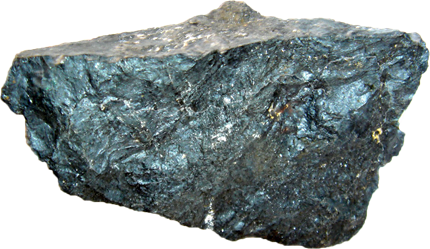
Since we are talking about the value of the rocks here, it is better to discuss ores. After all, it is the ore that will help you make a profit.
There are 4 common categories of ores: Sulphides, Oxides, Halides, and Carbonates. Here is a list of all the ores and the elements extracted from them under each category.
Uses Of the Common Types of Ores
Now that you have an idea about the common types of ores and what elements are extracted from them, it is time to discuss the uses of those ores. So here is a list of the ores mentioned above and the uses of the elements extracted from them.
1. Oxides
- Aluminum is extracted from the ore Bauxite. It has several uses. Starting from being a crucial component of small household items like cans, foil, and cooking utensils to being used in main airplane parts, the metal is lightweight and malleable, which makes it a great industry resource,
- Iron extracted from hematite as we know us used in construction sites and the manufacture of machines and equipment.
- Copper extracted from Cuprite is used in construction sites. But apart from that, one of the biggest uses of copper is in making electric wires. Being a good conductor and malleable, copper is an excellent choice for wires.
- Extracted from Cassiterite, one of the biggest uses of tin is in coating metals. Being an alloy, it is corrosion-resistant. Hence a layer of tin coating can reduce the rate of corrosion and, in some cases, even stop it altogether.
2. Carbonates
Since we have already discussed the use of Zinc and Iron, let us talk about the use of calcium. Calcium acts as an important nutrient for the human body. Hence it is mostly used in the pharmaceutical sector to prepare calcium tablets and supplements.
3. Sulphides
- Lead is popularly used in batteries, ammunition, cable sheathing, and even in weightlifting. Also, the weights divers carry on their body before diving deep into the ocean is also made of lead. They also provide sufficient protection from radiation.
- Mercury is used in the manufacture of chemicals and electronics. Another popular use of mercury is in thermometers.
4. Halides
- Sodium’s are popularly used in the industry as an active reagent as well as a heat exchanger. For the wider mass, sodium is popularly used in table salt.
- Fluoride is generally used in dentistry to prevent cavities, replenish the enamel, and other dental procedures.
- Silver, as we all know, is a valuable metal. It can be used in tableware, jewelry, cars, and even electronics.
So that was all about the valuable rocks and how the contents of the rock can turn out to be useful. We hope this article was helpful and if you have any more queries, feel free to reach out to us in the comment section below.

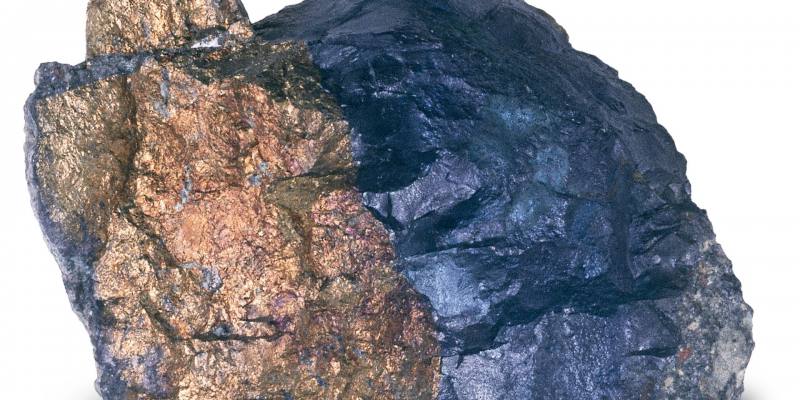
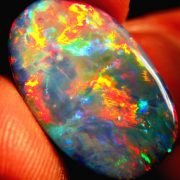
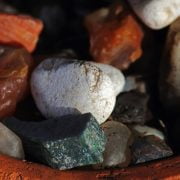
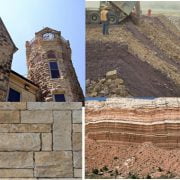

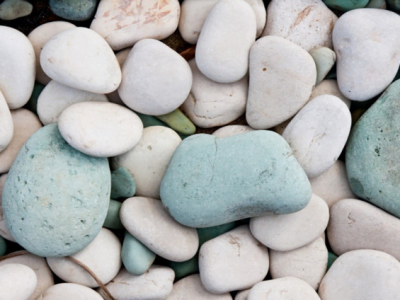
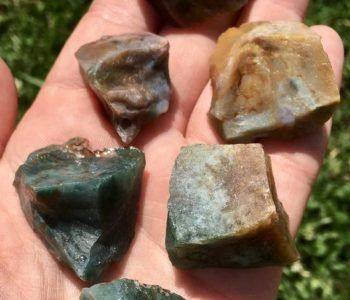

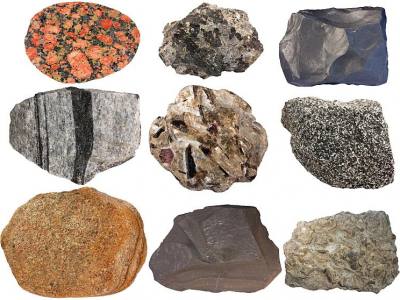




Comments